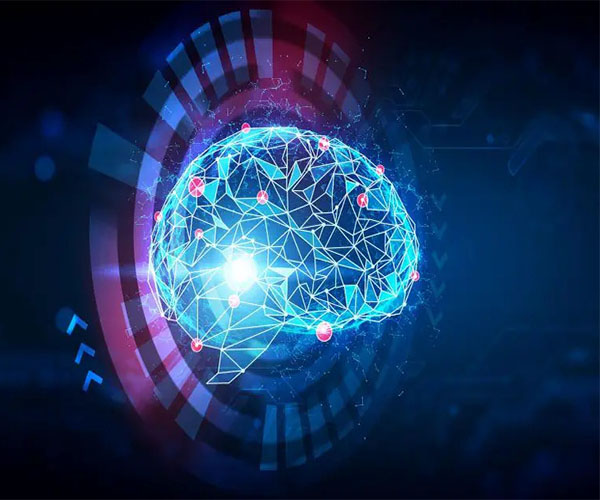Artificial intelligence computer program, adept at processing magnetic resonance imaging (MRI), can successfully detect structural changes in the brain due to recurrent head injuries. Such alterations were previously undetected by conventional medical imaging methods like computerized tomography (CT) scans. This ground-breaking technology could aid in the development of new diagnostic tools to better understand subtle brain injuries that accumulate over time.
Experts have long known about the potential risks of concussion among young athletes, particularly for those who play high-contact sports such as football, hockey, and soccer. Evidence is now mounting that repeated head impacts, even if they at first appear mild, may add up over many years and lead to cognitive loss. While advanced MRI identifies microscopic changes in brain structure that result from head trauma, researchers say the scans produce vast amounts of data that is difficult to navigate.
The study team trained the program to identify unusual features in brain tissue and distinguish between athletes with and without repeated exposure to head injuries based on these factors. They also ranked how useful each feature was for detecting damage to help uncover which of the many MRI metrics might contribute most to diagnoses.
Two metrics most accurately flagged structural changes that resulted from a head injury. The first, mean diffusivity, measures how easily water can move through brain tissue and is often used to spot strokes on MRI scans. The second examines the complexity of brain-tissue structure and can indicate changes in the parts of the brain involved in learning, memory, and emotions.
Source: SciTech daily




